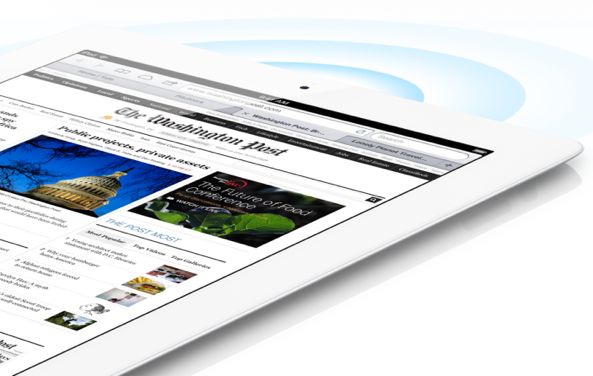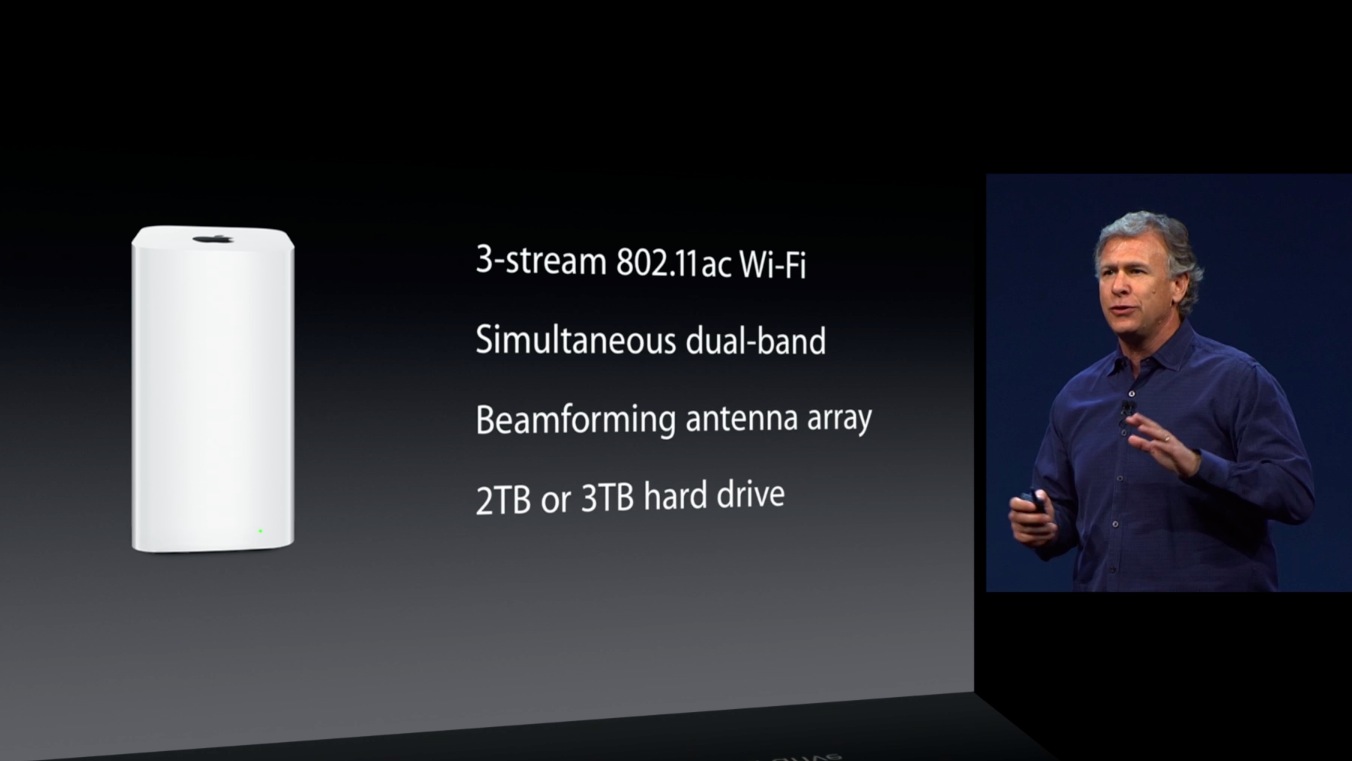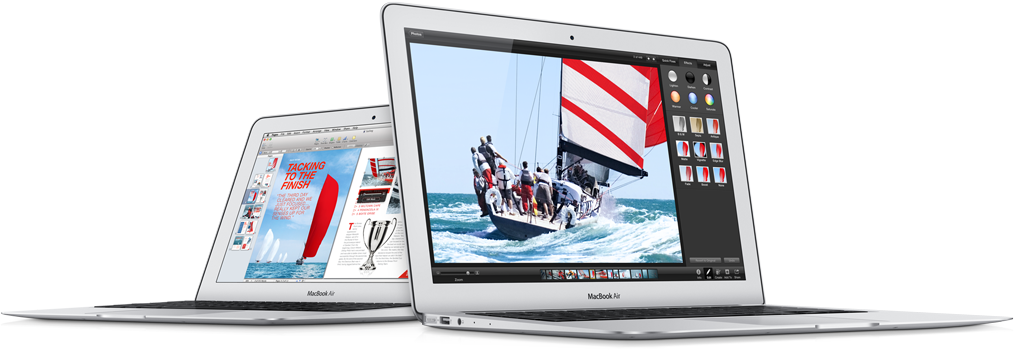The so-called Gigabit Wi-Fi, better known as 802.11ac, has yet to be officially ratified but that hasn’t stopped Apple from implementing the technology on the refreshed MacBook Air lineup and the redesigned AirPort Extreme and Time Capsule base stations, which were both announced during the WWDC keynote earlier this month.
That said, it’s fairly safe to assume that Apple will also roll out 802.11ac across the upcoming iPhone 5S, iPad 5, iPad mini 2 and a next-gen Mac Pro, Apple TV and MacBook. For what it’s worth, Apple reportedly partnered with chip maker Broadcom to outfit all Macs with 802.11ac chips.
Apple is usually among the first companies – if not the first – to implement each new major revision to the Wi-Fi standard. And while this allows Apple’s customers to live on the bleeding edge of technology, it also exposes early adopters to their fair share of teething issues…
The Wi-Fi Alliance announced yesterday that it started a certification program for routers, adapters, and other wireless networking gear based on the IEEE 802.11ac draft standard. They also created a nice web page that will be updated as additional 802.11ac products achieve certification.
The organization says most Wi-Fi certified 802.11ac products are expected to be dual-band, operating in both the 2.4GHz and 5GHz bands while supporting the older Wi-Fi certified 802.11n devices in the 2.4GHz frequency band, preserving interoperability.
Dual-banding doubles capacity as wireless devices can use the less crowded 5GHz band for high performance applications, and the 2.4 GHz band for basic needs.
Because 802.11ac is the latest thing, most devices today are on the 802.11n implementation of the Wi-Fi standard which allows for theoretical data transfer speeds of 450Mbps with three antennas in place.
Contrast this to 802.11ac that all starts at 450Mbps, so theoretically you’re looking at up to 1.3Gbps with three antennas, enough to allow for Ultra HD (4K) video and rapid file transfer.
A good example of the benefits of Gigabit Wi-Fi is the refreshed AirPort base station lineup that implements 802.11ac and a six-element beam-forming antenna array, resulting in three times faster throughput and over greater distance compared to the previous-generation 802.11n.
In addition, these new AirPorts are now dual-band.
However, because Apple implemented 802.11ac before the certification program was available, some issues are to be expected. Indeed, a quick look at Apple’s support forum reveals a lot of people are experiencing Wi-Fi performance issues with Apple’s newly updated, 802.11ac-outfitted MacBook Air.
Problems range from connecting to a range of routers to accessing Apple’s own AirPort wireless appliances. Many people report not being able to connect to a Wi-Fi network at all, dropping connections and other teething issues we saw each time Apple ahead of the industry deployed a new technology.
It’s safe to assume that once Apple’s new 802.11ac products achieved certification, they will issue a software update to make them fully compliant with the official standard.
The new AirPort Extreme and Time Capsule have a smaller footprint, measuring just 3.85-inches by 3.85-inches and 6.6-inches tall.
An iFixit teardown has revealed a convenient space for a SATA hard drive inside the AirPort Extreme, though DIYers should know Apple didn’t provide any connectors on the logic board to plug in a hard drive.
The new AirPort Extreme will set you back $199. The updated Time Capsule is a $299/$399 value for a 2TB/3TB version.



